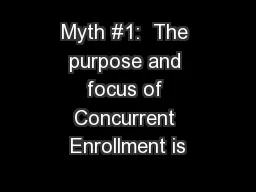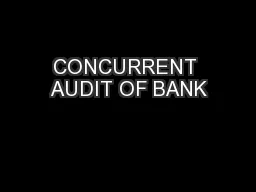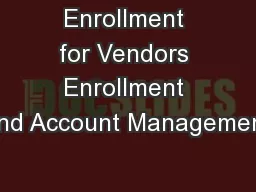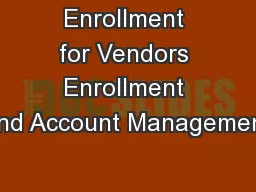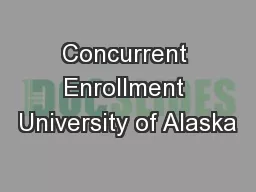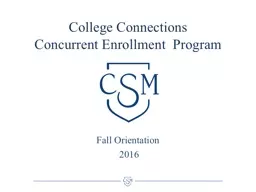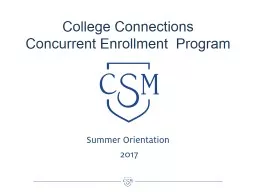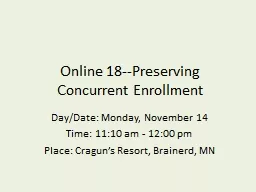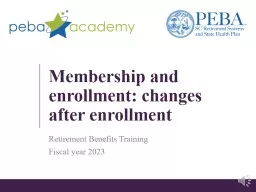PPT-Myth #1: The purpose and focus of Concurrent Enrollment is
Author : tatyana-admore | Published Date : 2016-02-26
Myth 1 The purpose and focus of Concurrent Enrollment is to accumulate as much college credit as possible while still in high school BUSTED Myth 2 UVU Concurrent
Presentation Embed Code
Download Presentation
Download Presentation The PPT/PDF document "Myth #1: The purpose and focus of Concu..." is the property of its rightful owner. Permission is granted to download and print the materials on this website for personal, non-commercial use only, and to display it on your personal computer provided you do not modify the materials and that you retain all copyright notices contained in the materials. By downloading content from our website, you accept the terms of this agreement.
Myth #1: The purpose and focus of Concurrent Enrollment is: Transcript
Download Rules Of Document
"Myth #1: The purpose and focus of Concurrent Enrollment is"The content belongs to its owner. You may download and print it for personal use, without modification, and keep all copyright notices. By downloading, you agree to these terms.
Related Documents

